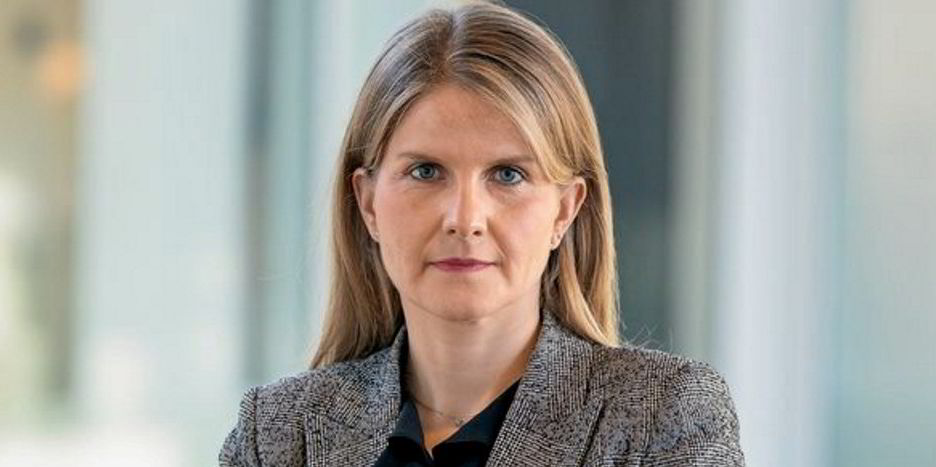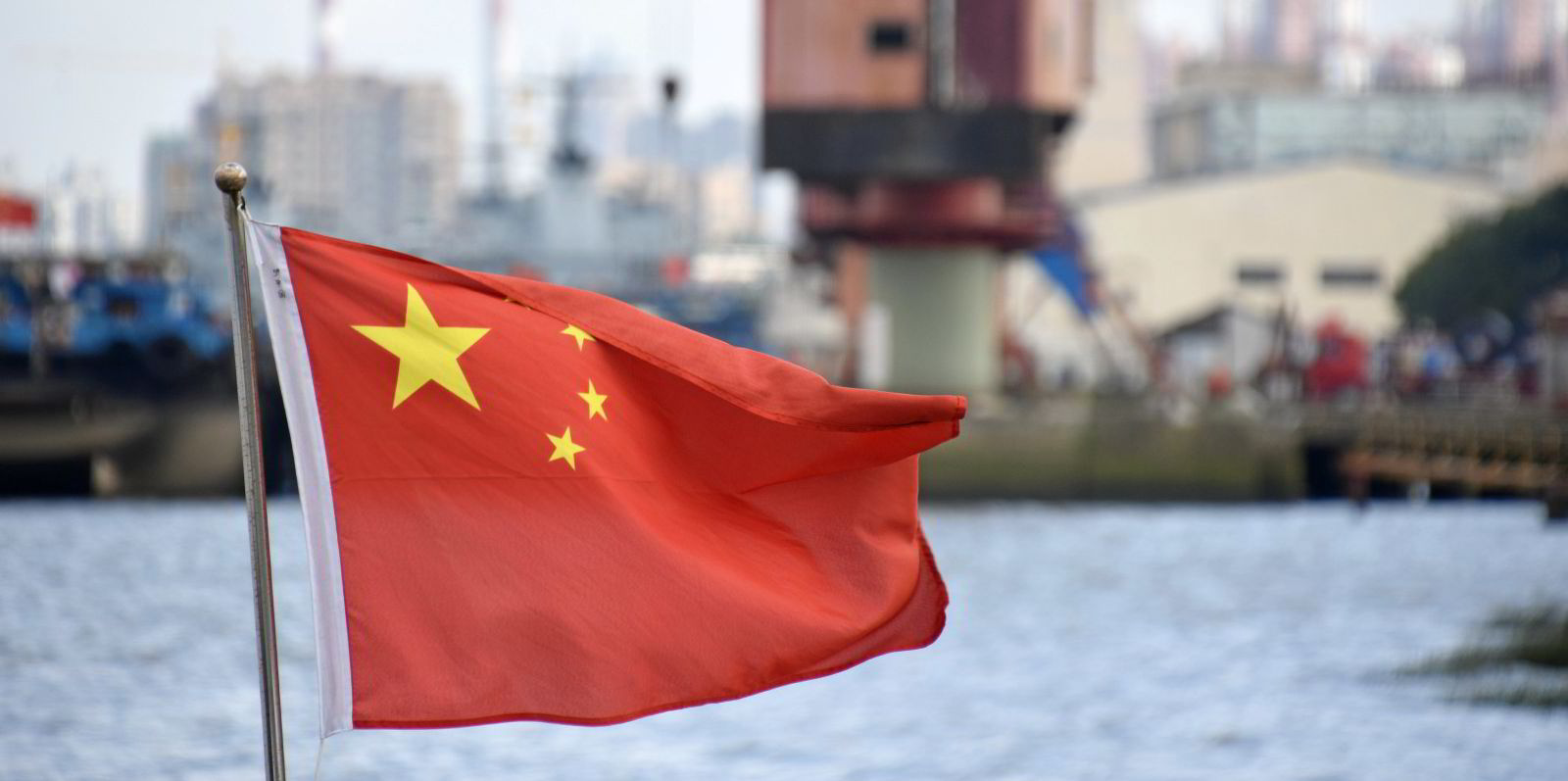Norwegian shipping group Torvald Klaveness has urged grain shippers to work with shipowners to make easily achievable emission reductions right now.
Ingrid Kylstad, sustainability lead at decarbonisation company ZeroLab by Klaveness, said adapting to climate change requires insight along the entire value chain, “from farm to fork”.
Emissions from charterers’ seaborne supply chains typically belong to the Scope 3 indirect emissions category, she added.
“It is an emissions category taking on increasing relevance today, as companies face up the fact that to get to net zero, collaborative, commercially grounded partnerships along the supply chain are needed,” she said.
In the dry bulk sector, grain shipping is the second-biggest emitter after coal, making up 12% of the annual cargo volume but the equivalent of as much as 21% of total carbon emissions from bulkers.
With 50m tonnes of CO2 emitted each year to transport grains around the world, the figure underpins how much potential there is for the industry to improve, Kylstad believes.
“If all those emissions were subject to the carbon price that will be applied to shipping emissions in and out of the European Union as of 2024, it will cost grain exporters more than $3.5bn each year,” she calculated.
“The financial climate risk for supply chains for grains is thus significant. Yet somehow, it remains largely de-prioritised despite the economic case for managing it better.”
Research by Boston Consulting Group and the World Economic Forum found that “the costs of deep decarbonisation across supply chains are surprisingly low and result in an increase of only 1% to 4% on end-consumer prices”.
‘Stunning’ discovery
ZeroLab’s own research left it “stunned” to discover a “holy grail of inefficiencies” that, addressed systematically, can reduce costs and emissions, the latter by 30%, Kylstad said.
This saves transportation costs today, and acts as insurance against increased freight rates for when low- and zero-carbon fuels are introduced, she added.
Klaveness advises clients to focus on three main areas.
The first is to prepare an emissions inventory and establish a baseline.
Then charterers should use this data to gather intelligence about where efficiency can be improved.
“Do your vessels sail too fast, wait too long in ports or ballast long distances? Those are all areas that can be improved in a cost-efficient manner,” Kylstad said.
Combi carrier efficiency
In Australia, Klaveness Combination Carriers’ ships cut ballast by combining inbound shipments of petroleum products with outbound cargoes of dry bulk commodities such as grains.
The final step is to develop “truly collaborative partnerships with shipowners and operators”.
“Dare to challenge existing solutions. As we turn every stone to make decarbonisation of shipping a reality, new business models must be tried and tested,” Kylstad emphasised.
“That can, for example, include a carbon adjustment factor in contracts, whereby the freight paid depends on the emission performance relative to a baseline.”





